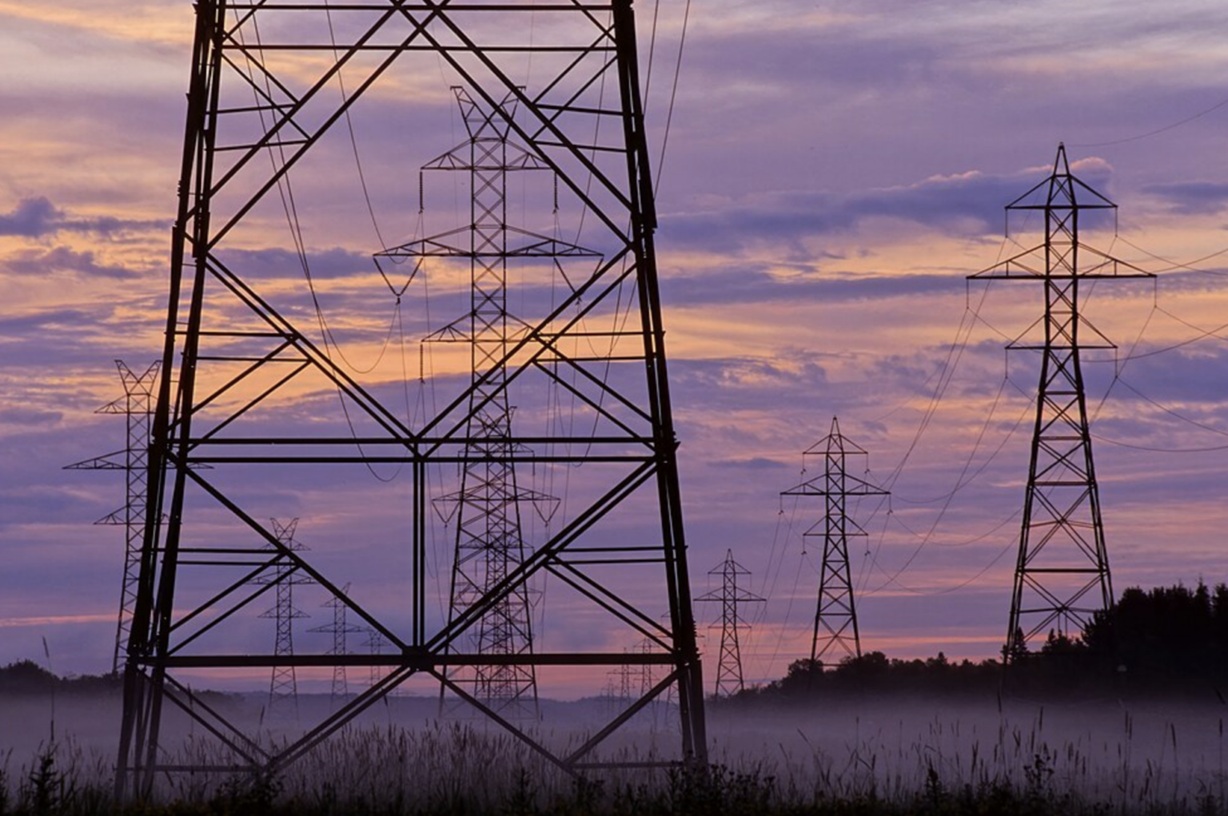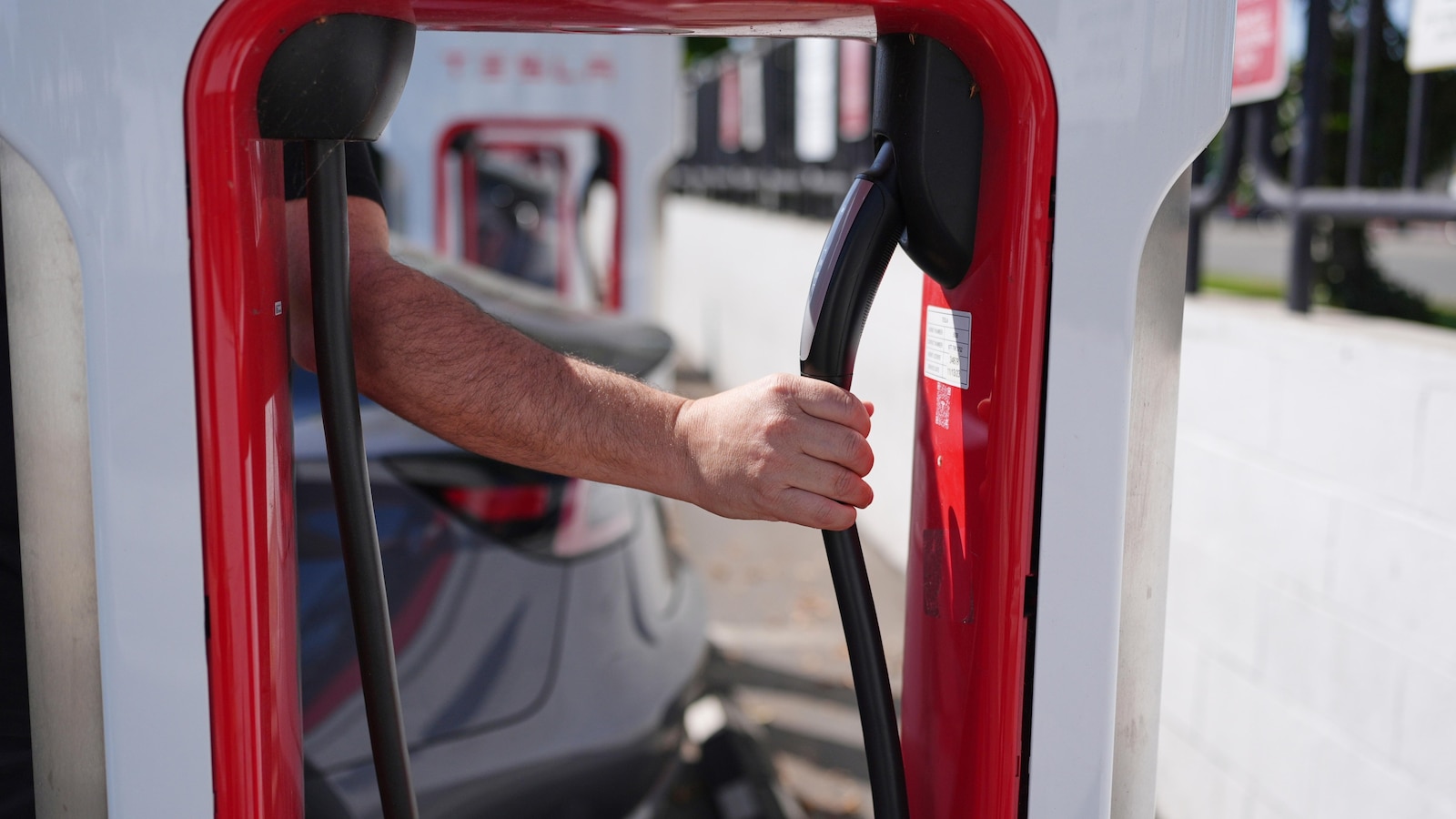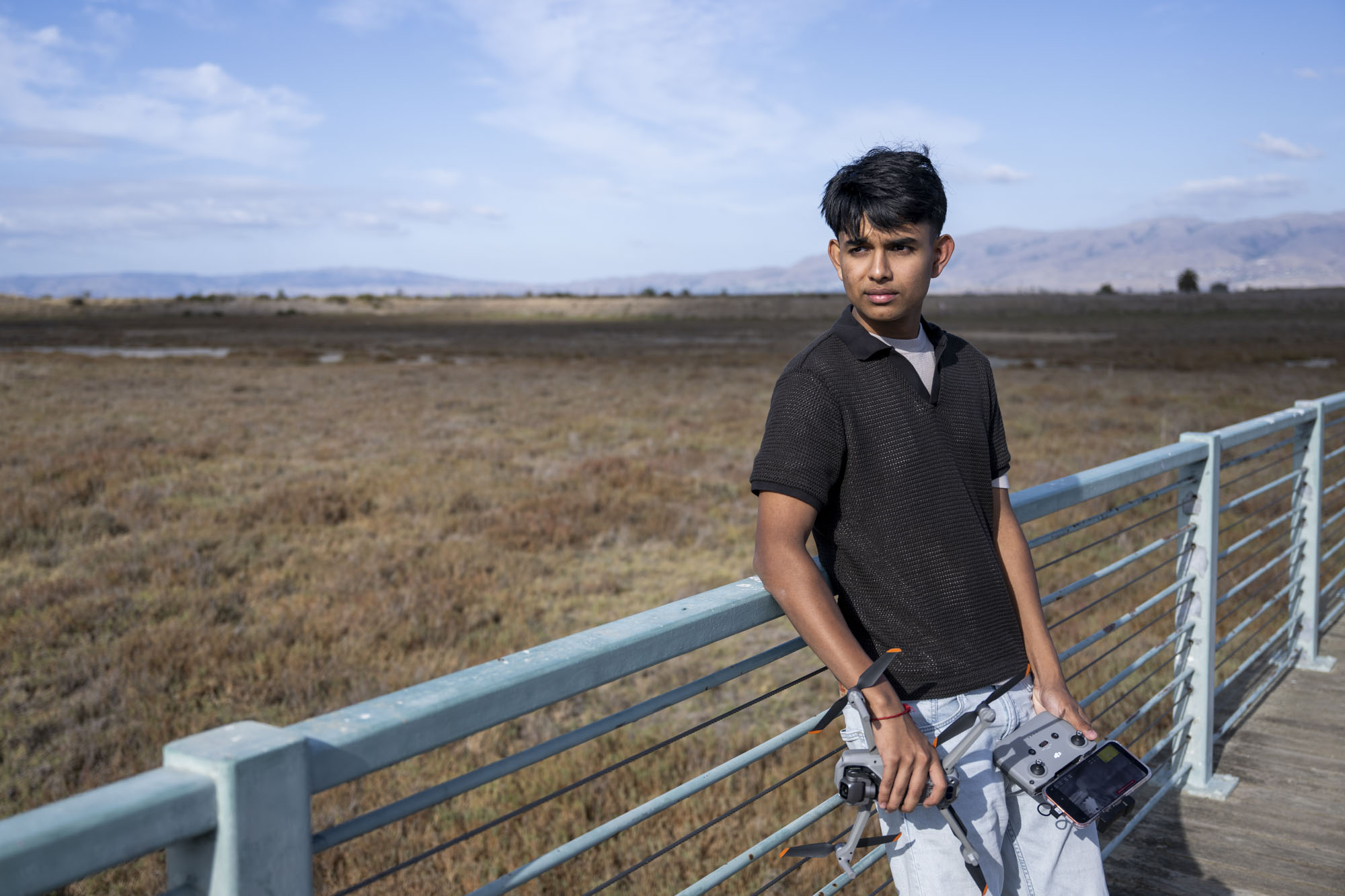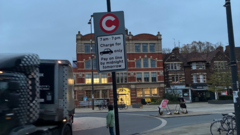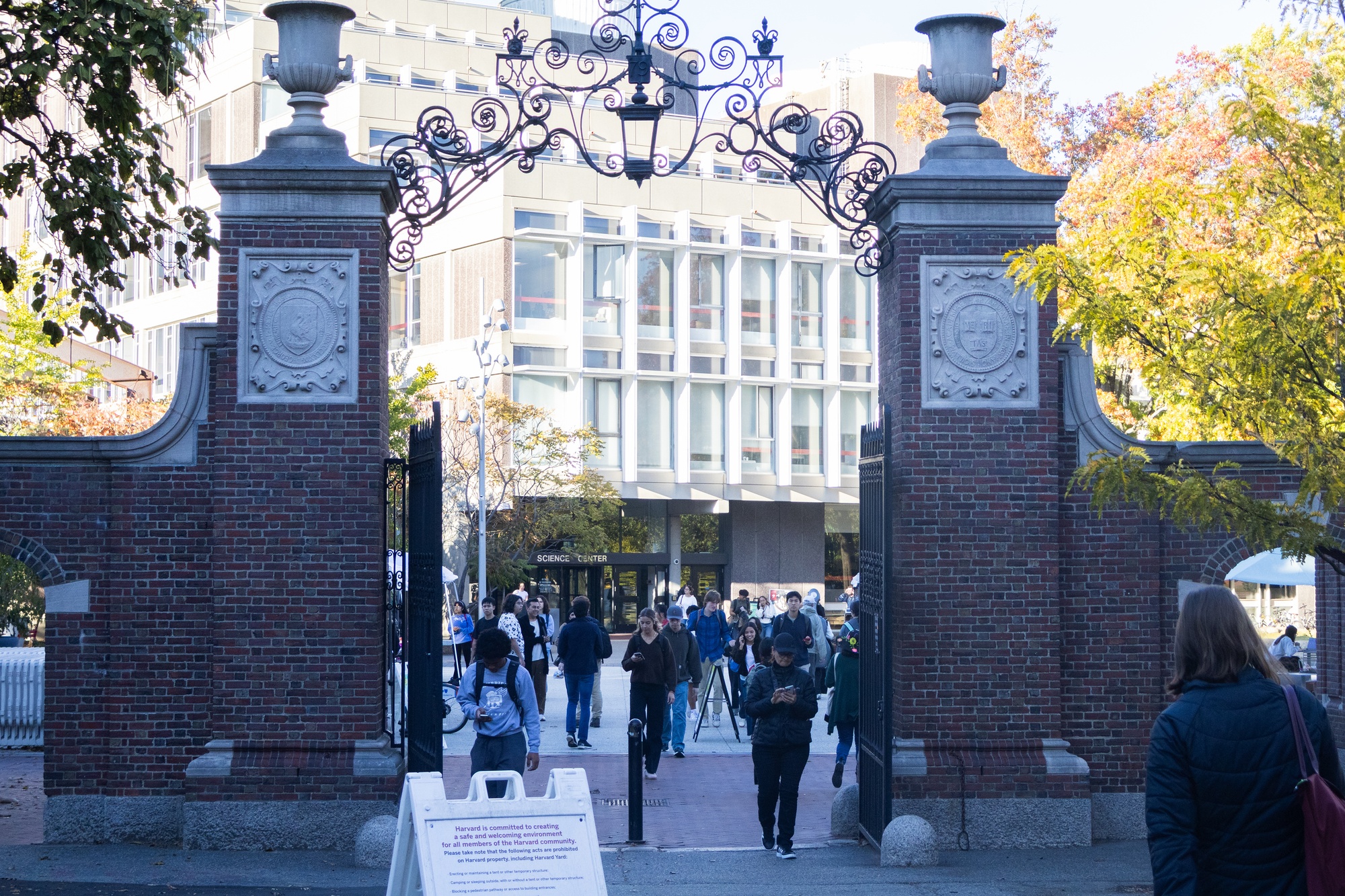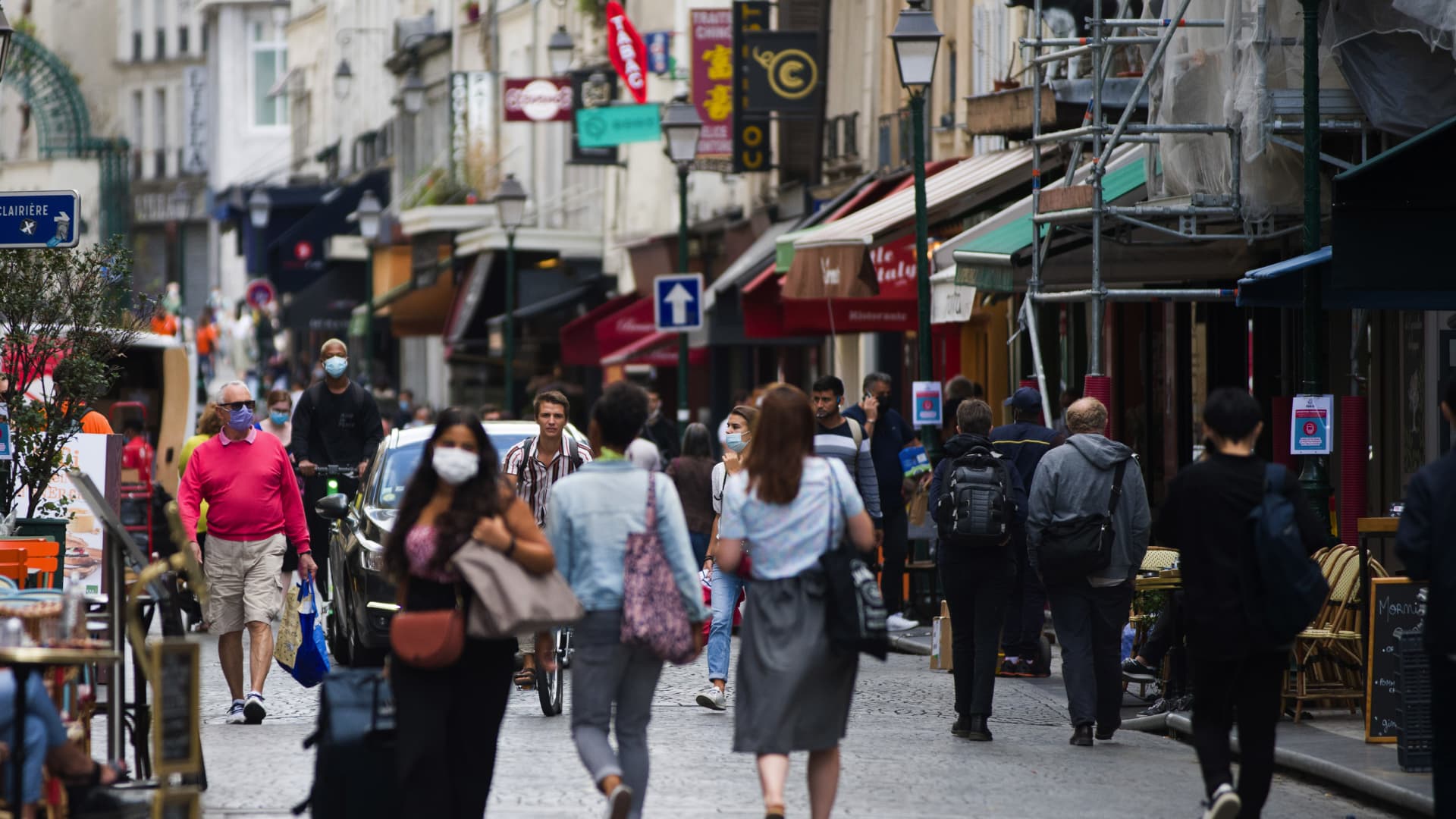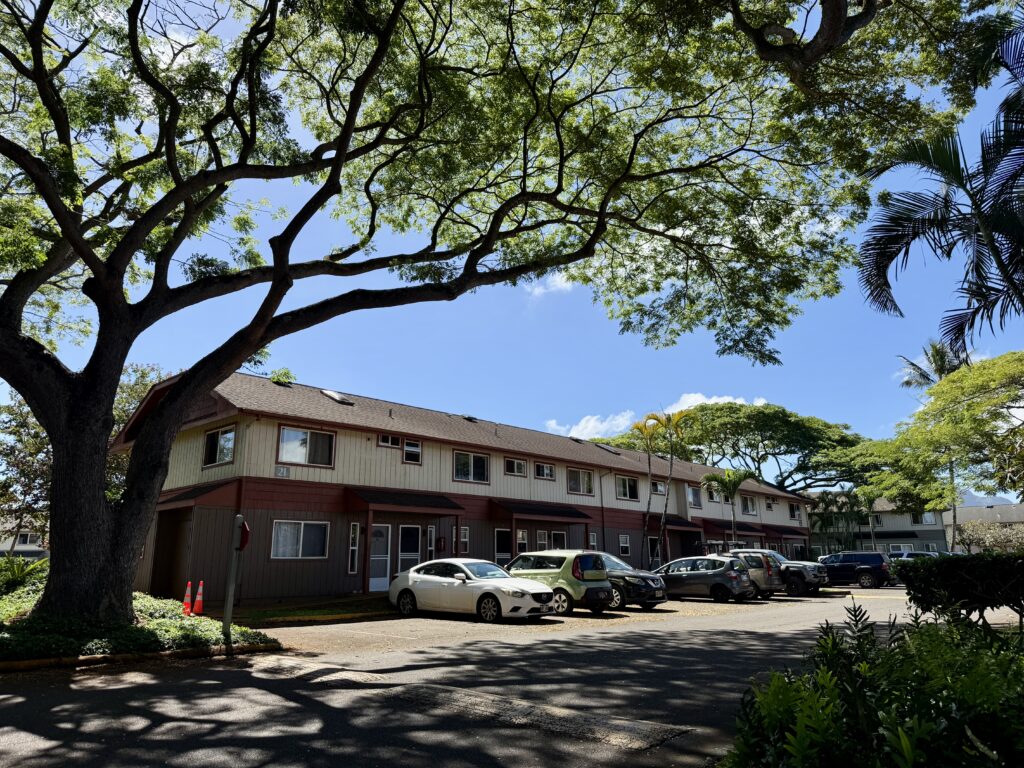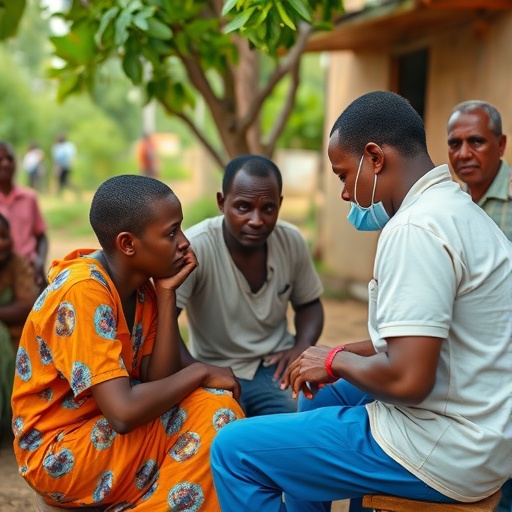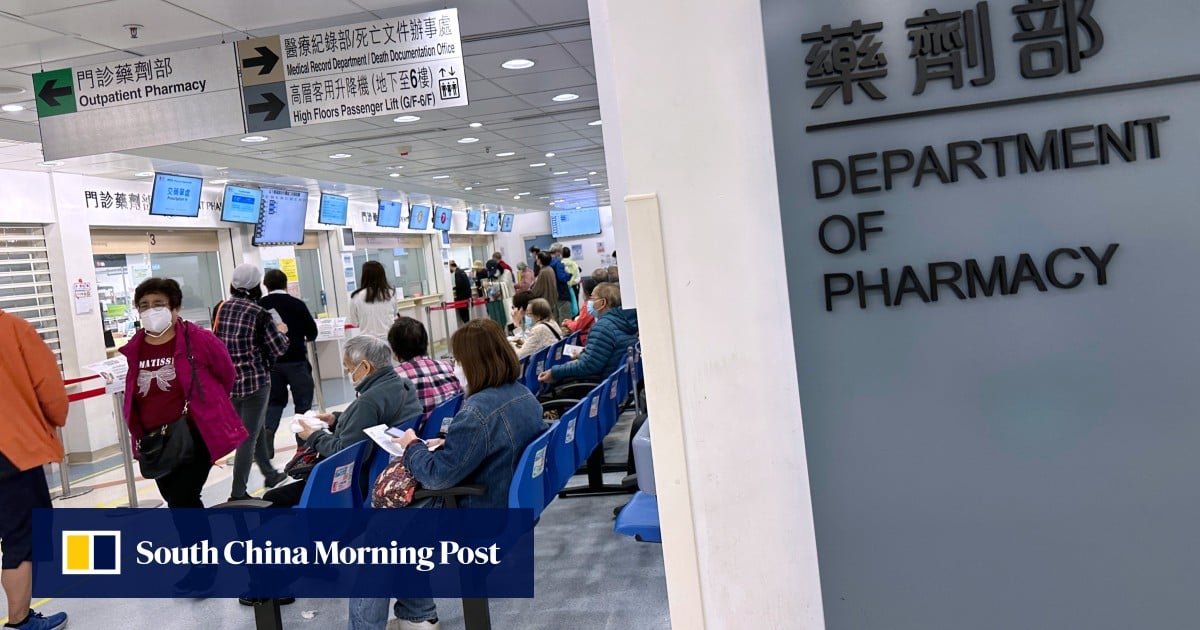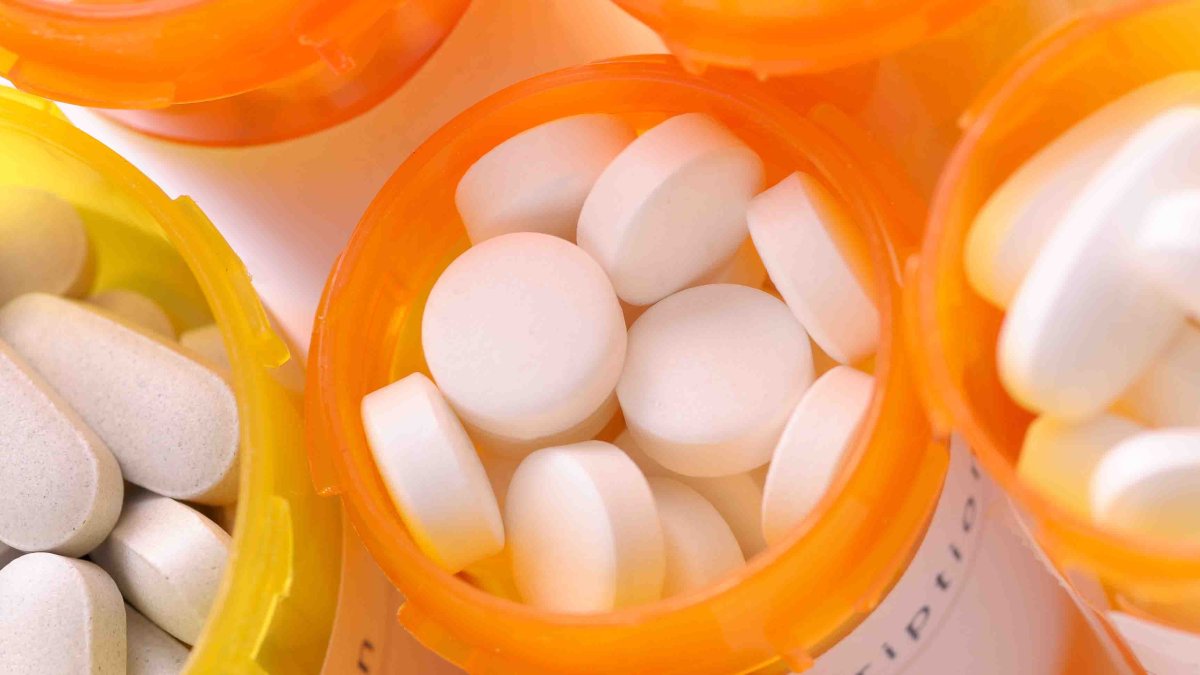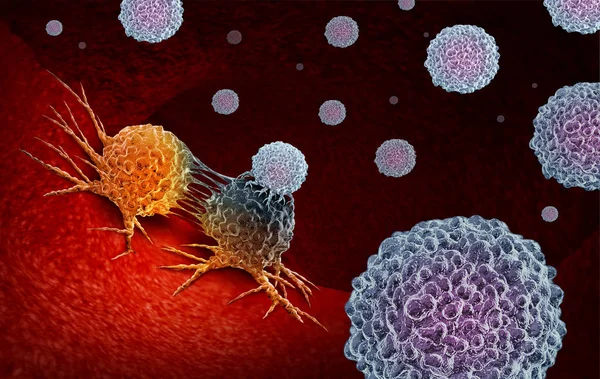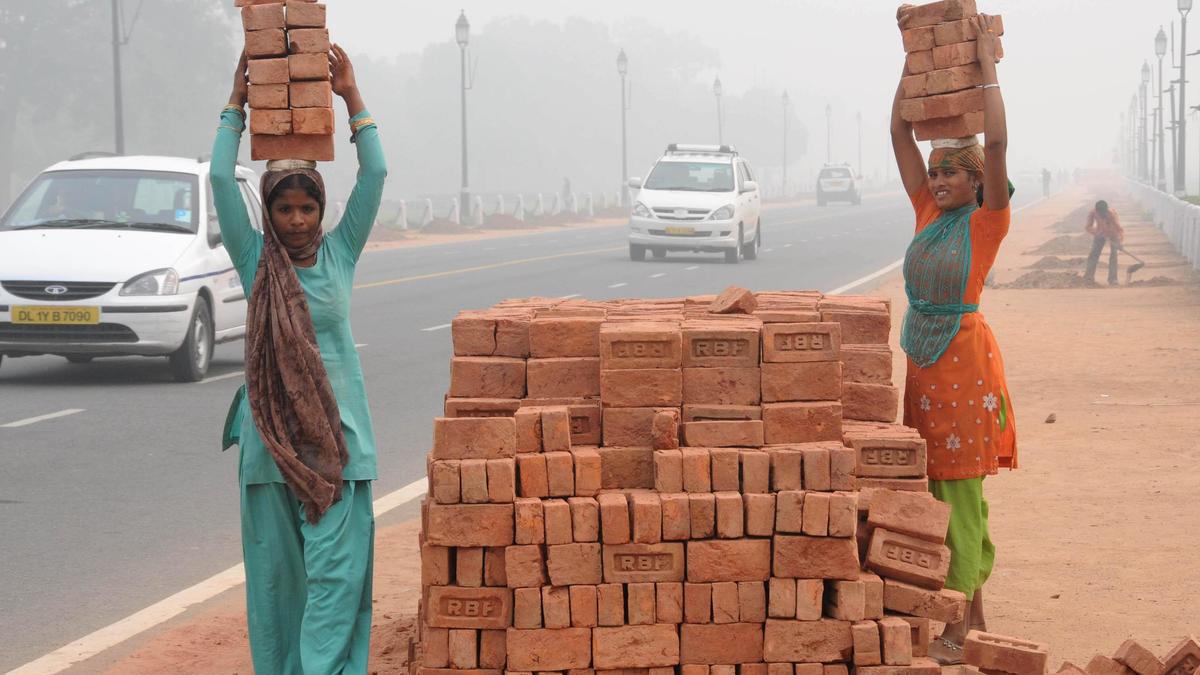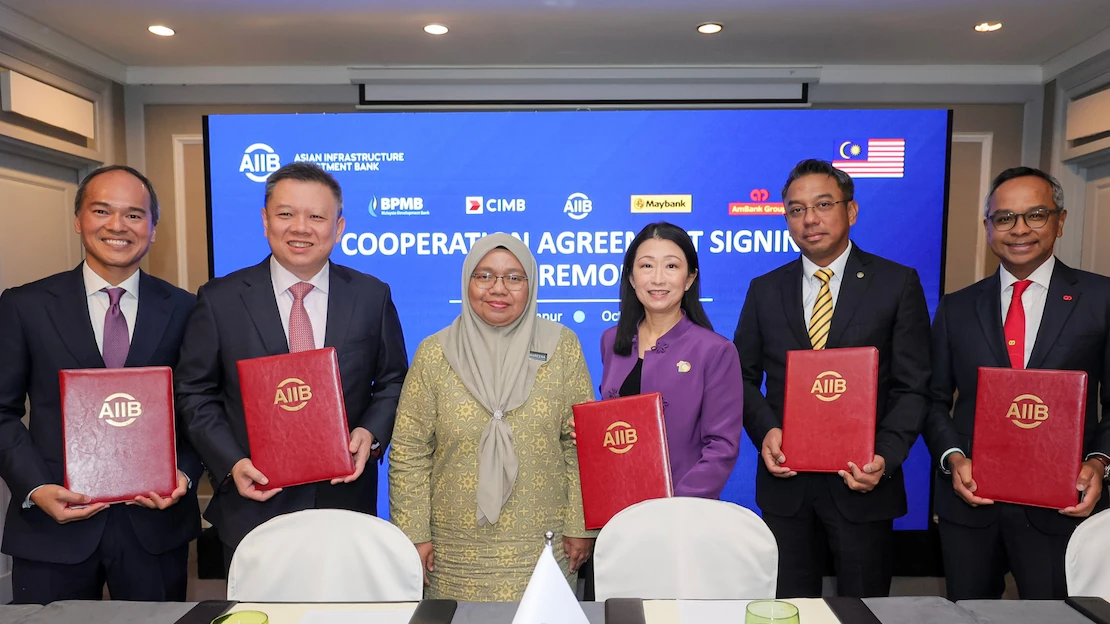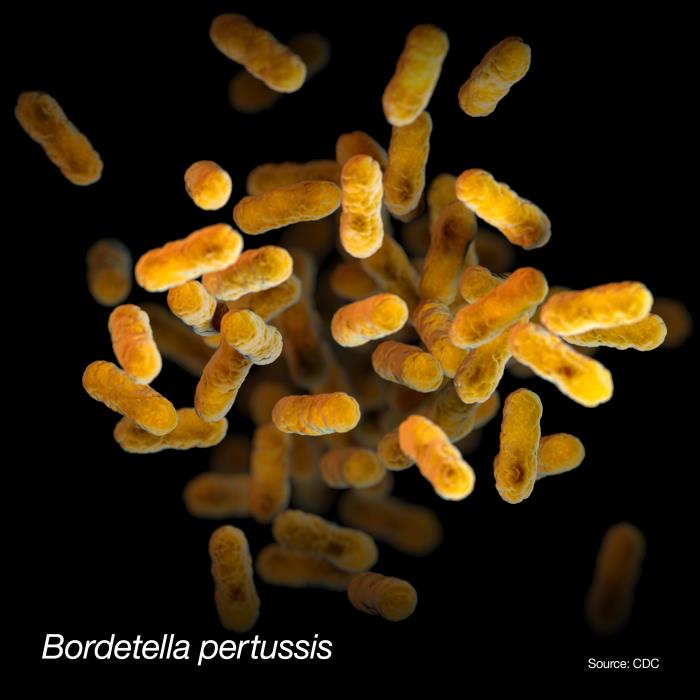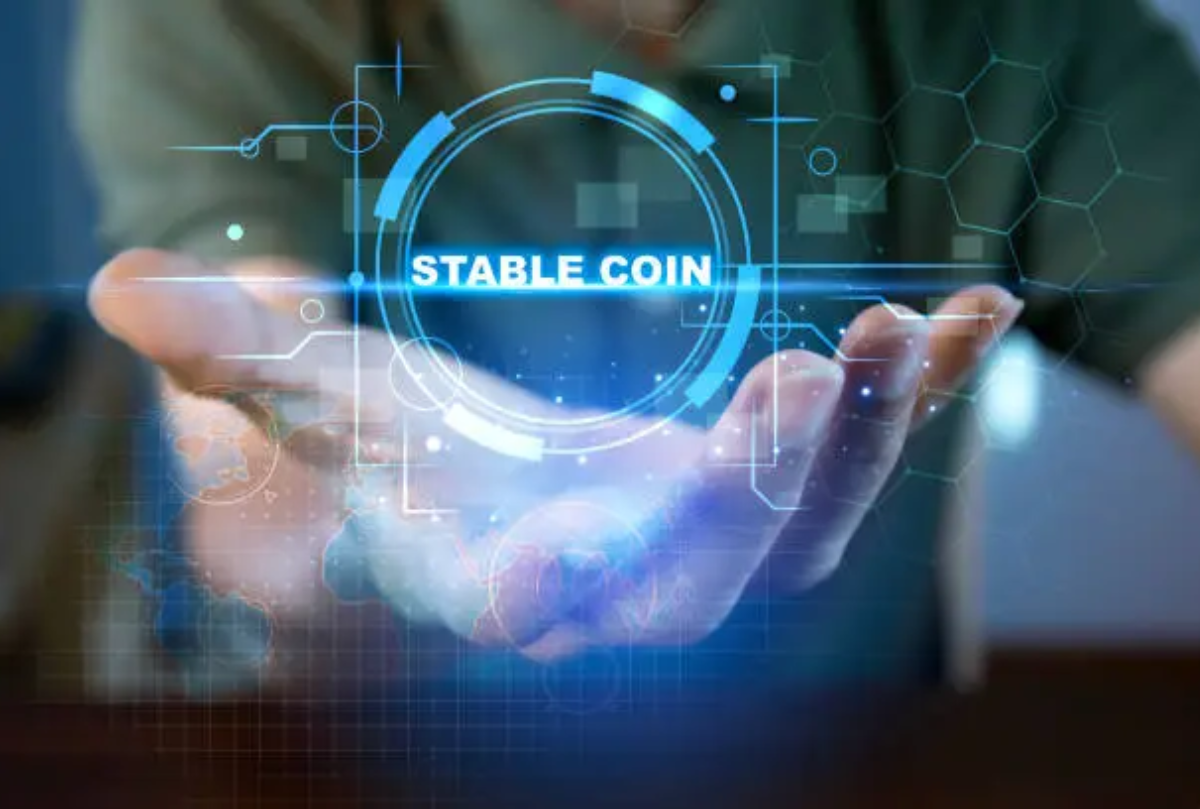UN Human Rights Council struggles to fulfil its mandate in the midst of global attacks on human rights, the rule of law and multilateralism – The International Commission of Jurists – ICJ
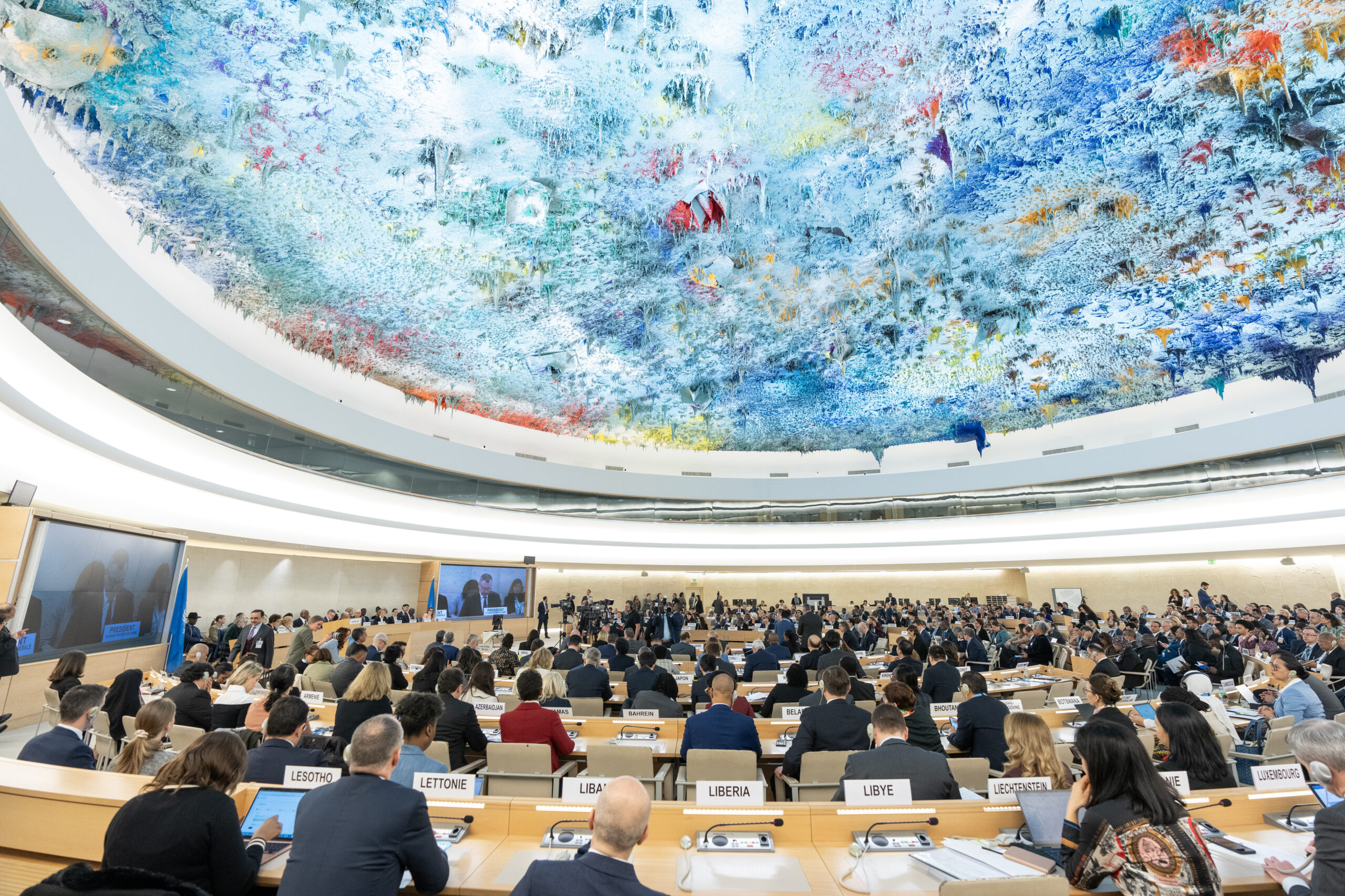
Report on the 59th Session of the UN Human Rights Council and its Implications for the Sustainable Development Goals
The 59th session of the United Nations Human Rights Council (HRC), which concluded on 8 July 2025, convened amidst significant challenges to the multilateral system and the broader 2030 Agenda for Sustainable Development. Mounting political and financial pressures, coupled with severe human rights crises globally, threaten the progress and implementation of the Sustainable Development Goals (SDGs), particularly those related to peace, justice, equality, and global partnerships.
Focus on SDG 16: Peace, Justice, and Strong Institutions
The session’s proceedings highlighted critical threats to the foundations of SDG 16, which aims to promote peaceful and inclusive societies, provide access to justice for all, and build effective, accountable, and inclusive institutions at all levels.
Upholding the Independence of the Judiciary and the Rule of Law
A primary focus was the global pattern of attacks on the independence of judges and lawyers, a cornerstone of SDG Target 16.3 (Promote the rule of law and ensure equal access to justice). The International Commission of Jurists (ICJ) reported on the erosion of judicial independence in several nations, including:
- Tunisia and Guatemala
- India and Eswatini
- Observed retrogression and executive interference in the United States and Europe
The UN Special Rapporteur on the independence of judges and lawyers also reported on the fragile state of judiciaries worldwide, underscoring the systemic challenge to establishing strong and impartial institutions.
Defending International Justice Mechanisms
Attacks on international institutions, such as the sanctions imposed by the United States against the International Criminal Court (ICC), were condemned as undermining the global architecture for justice and accountability. These actions directly conflict with the spirit of SDG 16 and SDG 17 (Partnerships for the Goals) by weakening multilateral bodies designed to address impunity for atrocity crimes.
Ensuring Accountability and Access to Justice
The imperative of maintaining international scrutiny and accountability was stressed, especially in countries lacking effective domestic judicial systems. In Libya, for instance, the ICJ advocated for a new investigative and accountability mechanism to deliver justice for victims of gross human rights violations, aligning with the core principles of SDG 16.
Protecting Civic Space and Fundamental Freedoms
The HRC addressed threats to civil society actors and journalists, which are vital for transparent and accountable governance. Resolutions were adopted to advance SDG Target 16.10 (Ensure public access to information and protect fundamental freedoms).
- A resolution on civil society space urged states to counter transnational repression and strategic lawsuits against public participation (SLAPPs).
- A resolution on the safety of journalists focused on their protection in conflict situations, a critical issue given the deliberate targeting of media workers in regions like the Gaza Strip and southern Lebanon.
Advancements and Setbacks for SDG 5: Gender Equality
The session saw both progress and significant pushback on issues central to SDG 5 (Achieve gender equality and empower all women and girls).
Key Resolutions and Mandate Renewals
The ICJ welcomed the adoption of several resolutions strengthening the framework for gender equality:
- Renewal of the mandate of the independent expert on sexual orientation and gender identity, crucial for protecting against discrimination and violence (Target 5.1, 5.2).
- Renewal of the mandate of the UN working group on discrimination against women and girls.
- A resolution to eliminate Female Genital Mutilation (FGM), addressing harmful practices as outlined in Target 5.3.
- Resolutions aimed at accelerating women’s economic empowerment (Target 5.5, 5.A).
Challenges to Gender Equality and Bodily Autonomy
Debates revealed continued polarization on gender issues. A resolution on eliminating violence against women and girls faced hostile amendments seeking to undermine rights to sexual and reproductive health and comprehensive sexual education. This resistance poses a direct threat to achieving Target 5.6 (Ensure universal access to sexual and reproductive health and reproductive rights) and is interlinked with SDG 3 (Good Health and Well-being).
Interlinkages with Other Sustainable Development Goals
SDG 13: Climate Action
A resolution on climate change was adopted, but only after contentious negotiations. The discord between states most affected by climate change and those protecting fossil fuel interests highlights the political barriers to implementing Target 13.2 (Integrate climate change measures into national policies, strategies and planning).
SDG 3: Good Health and Well-being & SDG 10: Reduced Inequalities
The resolution on access to medicines and vaccines reflected deep divisions between the global north and south, particularly concerning technology transfer and intellectual property rights. The debate underscores the vast inequalities in global health, challenging the achievement of Target 3.8 (Achieve universal health coverage) and exacerbating the disparities addressed by SDG 10.
Country-Specific Situations and SDG Implementation
The HRC addressed several country situations where the foundations for sustainable development are severely compromised:
- Eritrea: The renewal of the Special Rapporteur’s mandate was secured, ensuring continued monitoring of human rights abuses that impede progress toward SDG 16.
- Myanmar: The council denounced atrocity crimes and the collapse of the judiciary, which represents a complete failure to uphold SDG 16. The situation of the Rohingya minority further highlights severe challenges to SDG 10.
- Afghanistan, Belarus, and Venezuela: Reports of systematic human rights violations, repression of civil society, and the erosion of judicial independence in these nations demonstrate a severe regression on SDG 16 and SDG 5.
ICJ Sponsored and Co-sponsored Side Events
The following side events were organized to support the HRC’s work, reflecting the critical role of partnerships (SDG 17) in advancing human rights and sustainable development.
-
Unearthing the Truth: Mass Graves, Extrajudicial Killings, and the Case for Justice in Libya
- Main Organizer: Cairo Institute for Human Rights Studies
- Co-sponsors: Libya Crimes Watch, International Commission of Jurists (ICJ), Libyan Platform for Human Rights
-
From Posts to Protests: Shrinking Civic Space and Digital Authoritarianism in Asia
- Main Organizer: Asian Forum for Human Rights and Development
- Co-sponsors: International Commission of Jurists (ICJ), World Organisation Against Torture (OMCT), International Federation for Human Rights (FIDH), International Service for Human Rights (ISHR), CIVICUS, Franciscans International
-
Artful Families: A Human Rights-Based Approach to Surrogacy
- Main Organizer: Center for Reproductive Rights
- Co-sponsors: Amnesty International, International Commission of Jurists (ICJ), Grupo de Información en Reproducción Elegida (GIRE)
-
Beyond Conflation: A Rights-Based Approach to Trafficking and Sex Work
- Main Organizer: Action Canada for Population and Development
- Co-sponsors: Urgent Action Fund, SWAN, APC, CREA, International Commission of Jurists (ICJ), AWID, ILGA, IPPF, La Strada International, GATE, Women Deliver, Akãhatã, Just Futures Collaborative, Amnesty International, WO=MEN Dutch Gender Platform, Our Voices Our Future
-
Protecting Lawyers to Ensure Access to Justice: The New Council of Europe Convention
- Organizers: The International Bar Association, Council of Europe, Permanent Representation of Luxembourg and the Council of Bars and Law Societies of Europe
- Co-sponsors: International Commission of Jurists (ICJ), Lawyers for Lawyers, Pan African Lawyers Union (PALU), LAWASIA, American Bar Association (ABA), Inter-American Bar Association
-
Attacks Against the International Criminal Court and Judiciaries Around the World: Firewalls Against Impunity
- Main Organizer: The International Commission of Jurists (ICJ)
- Co-sponsors: Amnesty International, Cairo Institute for Human Rights Studies, DefendDefenders, ECCHR, FIDH, FORUM-ASIA, GCHR, Global Centre for the Responsibility to Protect, Human Rights House Foundation, Human Rights Watch, International Bar Association, Judges for Judges, Lawyers Rights Watch Canada, Ordre des Avocats de Genève, REDRESS, TRIAL International, Women’s Initiatives for Gender Justice
Analysis of Sustainable Development Goals in the Article
1. Which SDGs are addressed or connected to the issues highlighted in the article?
The article discusses a range of human rights issues and international cooperation challenges that directly connect to several Sustainable Development Goals (SDGs). Based on the content, the following SDGs are addressed:
- SDG 16: Peace, Justice and Strong Institutions – This is the most prominent SDG in the article, which focuses extensively on the rule of law, attacks on the independence of judges and lawyers, accountability for atrocity crimes (genocide, extrajudicial killings), and the protection of journalists and human rights defenders.
- SDG 5: Gender Equality – The article details achievements and challenges related to the rights of women, girls, and LGBTIQ+ persons. It specifically mentions resolutions on eliminating Female Genital Mutilation (FGM), violence against women, women’s economic empowerment, and the mandate concerning sexual orientation and gender identity.
- SDG 3: Good Health and Well-being – The discussion on the resolution for “access to medicine, vaccines and other health products,” the Pandemic treaty, and the tensions around technology transfer and intellectual property rights directly relates to global health equity.
- SDG 13: Climate Action – The article mentions a resolution on climate change, highlighting the conflict between the interests of oil-producing nations and those most affected by climate change, including a specific call to “transition away from fossil fuels.”
- SDG 17: Partnerships for the Goals – The article’s introduction points to “massive financial cuts to its budget and international aid more generally” and the “adverse consequences of radical cuts by the United States and others to international aid and cooperation,” which undermines the multilateral system and its ability to function, a core theme of SDG 17.
2. What specific targets under those SDGs can be identified based on the article’s content?
Several specific SDG targets can be identified from the issues discussed in the article:
- Under SDG 16 (Peace, Justice and Strong Institutions):
- Target 16.1: Significantly reduce all forms of violence and related death rates everywhere. This is relevant to the discussions on “genocide in Gaza,” “human rights crises in… Sudan or Myanmar,” “mass graves, extrajudicial killings… in Libya,” and the “terrible death toll of independent journalists.”
- Target 16.3: Promote the rule of law at the national and international levels and ensure equal access to justice for all. This is directly addressed through the focus on “attacks on the independence of judges and lawyers,” “executive interference in the work of independent courts,” and the need for “effective and independent judicial institutions.”
- Target 16.10: Ensure public access to information and protect fundamental freedoms, in accordance with national legislation and international agreements. This target is connected to the resolutions on “civil society space” and the “safety of journalists,” which aim to protect civil society actors, human rights defenders, and journalists from repression and attacks.
- Target 16.a: Strengthen relevant national institutions, including through international cooperation, for building capacity… to prevent violence and combat terrorism and crime. This is highlighted by the call for an “investigative and accountability mechanism” for Libya and the support for the International Criminal Court (ICC) as a firewall against impunity.
- Under SDG 5 (Gender Equality):
- Target 5.2: Eliminate all forms of violence against all women and girls in the public and private spheres. This is addressed by the resolution on “accelerating efforts to eliminate all forms of violence against women and girls.”
- Target 5.3: Eliminate all harmful practices, such as child, early and forced marriage and female genital mutilation. The article explicitly mentions a resolution aimed at eliminating “Female Genital Mutilation (FGM).”
- Target 5.5: Ensure women’s full and effective participation and equal opportunities for leadership. This is connected to the resolution aimed at “empowering women and girls in and through sport” and the one to achieve “women’s economic empowerment.”
- Under SDG 3 (Good Health and Well-being):
- Target 3.b: Support the research and development of vaccines and medicines… provide access to affordable essential medicines and vaccines. This is the focus of the resolution on “access to medicine, vaccines and other health products” and the debate surrounding the Pandemic treaty, technology transfer, and intellectual property rights.
- Under SDG 13 (Climate Action):
- Target 13.2: Integrate climate change measures into national policies, strategies and planning. The debate over the climate change resolution, including the proposed amendment to “transition away from fossil fuels in energy systems,” directly relates to this target.
- Under SDG 17 (Partnerships for the Goals):
- Target 17.2: Developed countries to implement fully their official development assistance commitments. The article’s mention of “radical cuts by the United States and others to international aid and cooperation” and “massive financial cuts” to the UN budget directly points to a failure to meet this target.
3. Are there any indicators mentioned or implied in the article that can be used to measure progress towards the identified targets?
The article implies several qualitative and quantitative indicators that can be used to measure progress:
- For SDG 16:
- The number and nature of “attacks on independent judges and lawyers” and incidents of “executive interference” serve as a direct indicator for the health of the rule of law (Target 16.3).
- The “terrible death toll of independent journalists and media workers” is a direct indicator for Target 16.10.
- The establishment, renewal, or closure of “independent monitoring and investigative mandates” (like the Special Rapporteur on Eritrea or the Fact-Finding Mission on Libya) is a process indicator for accountability (Target 16.a).
- The number of verified “mass graves” and cases of “extrajudicial killings” is an indicator for violence levels (Target 16.1).
- For SDG 5:
- The adoption and consensus level of resolutions, such as the one renewing the “mandate of the independent expert on sexual orientation and gender identity,” serves as an indicator of political will. The article notes it was renewed “by a larger majority than three years ago,” a quantifiable measure of progress.
- The prevalence of FGM is the underlying indicator for the resolution aimed at its elimination (Target 5.3).
- The number of “hostile amendments” proposed against resolutions on gender equality and women’s rights indicates the level of opposition to achieving these goals (Target 5.2).
- For SDG 3:
- The existence of “grave inequalities in access to medicine and vaccines” between the global north and south is a key indicator of failure to meet Target 3.b.
- The outcome of votes on resolutions, such as the one on access to medicines which “had to go to a vote” despite previously being adopted by consensus, indicates growing division and challenges.
- For SDG 13:
- The inclusion or exclusion of language calling for a “transition away from fossil fuels” in international resolutions is a key policy indicator for progress on climate action (Target 13.2). The article notes the proposed amendment was “ultimately watered down,” indicating limited progress.
- For SDG 17:
- The “massive financial cuts” to the UN budget and “radical cuts… to international aid and cooperation” are direct negative indicators for Target 17.2, measuring the commitment of developed countries to funding international partnerships.
4. Summary Table of SDGs, Targets, and Indicators
| SDGs | Targets | Indicators Identified in the Article |
|---|---|---|
| SDG 16: Peace, Justice and Strong Institutions |
16.1: Reduce all forms of violence.
16.3: Promote the rule of law and access to justice. 16.10: Ensure public access to information and protect fundamental freedoms. 16.a: Strengthen national institutions through international cooperation. |
– Documented cases of genocide, atrocity crimes, mass graves, and extrajudicial killings (Gaza, Sudan, Myanmar, Libya). – Number of reported attacks on or instances of interference with independent judges and lawyers (Tunisia, Guatemala, India, Eswatini, US, Europe). – Number of journalists and media workers killed or targeted. – Existence and renewal of international accountability and monitoring mandates (e.g., Special Rapporteurs, Fact-Finding Missions). |
| SDG 5: Gender Equality |
5.2: Eliminate violence against women and girls.
5.3: Eliminate harmful practices like FGM. 5.5: Ensure women’s full participation and leadership. |
– Adoption of resolutions to eliminate violence against women and girls and FGM. – Number and nature of hostile amendments proposed to gender-related resolutions. – Renewal and voting margin for the mandate of the independent expert on sexual orientation and gender identity. – Adoption of resolutions on women’s economic empowerment. |
| SDG 3: Good Health and Well-being | 3.b: Provide access to affordable essential medicines and vaccines. |
– Level of consensus/division on resolutions regarding access to medicines and vaccines. – Existence of “grave inequalities” in access to health products between the global north and south. – Tensions over technology transfer and intellectual property rights in pandemic-related treaties. |
| SDG 13: Climate Action | 13.2: Integrate climate change measures into policies. | – Inclusion, exclusion, or watering down of language calling for a “transition away from fossil fuels” in HRC resolutions. |
| SDG 17: Partnerships for the Goals | 17.2: Developed countries to implement ODA commitments. |
– “Massive financial cuts” to the UN budget. – “Radical cuts” to international aid and cooperation by donor countries. |
Source: icj.org
What is Your Reaction?
 Like
0
Like
0
 Dislike
0
Dislike
0
 Love
0
Love
0
 Funny
0
Funny
0
 Angry
0
Angry
0
 Sad
0
Sad
0
 Wow
0
Wow
0




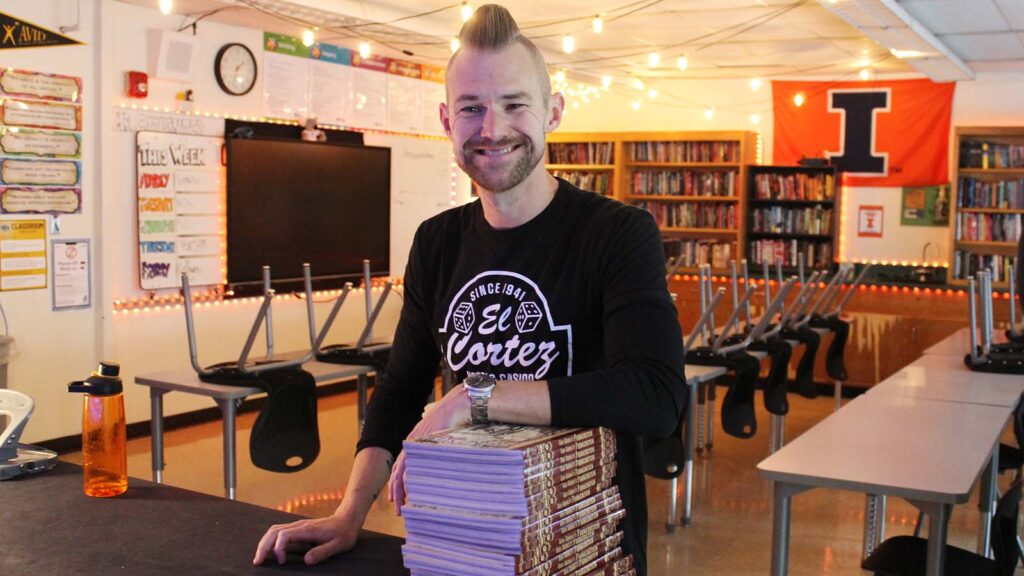



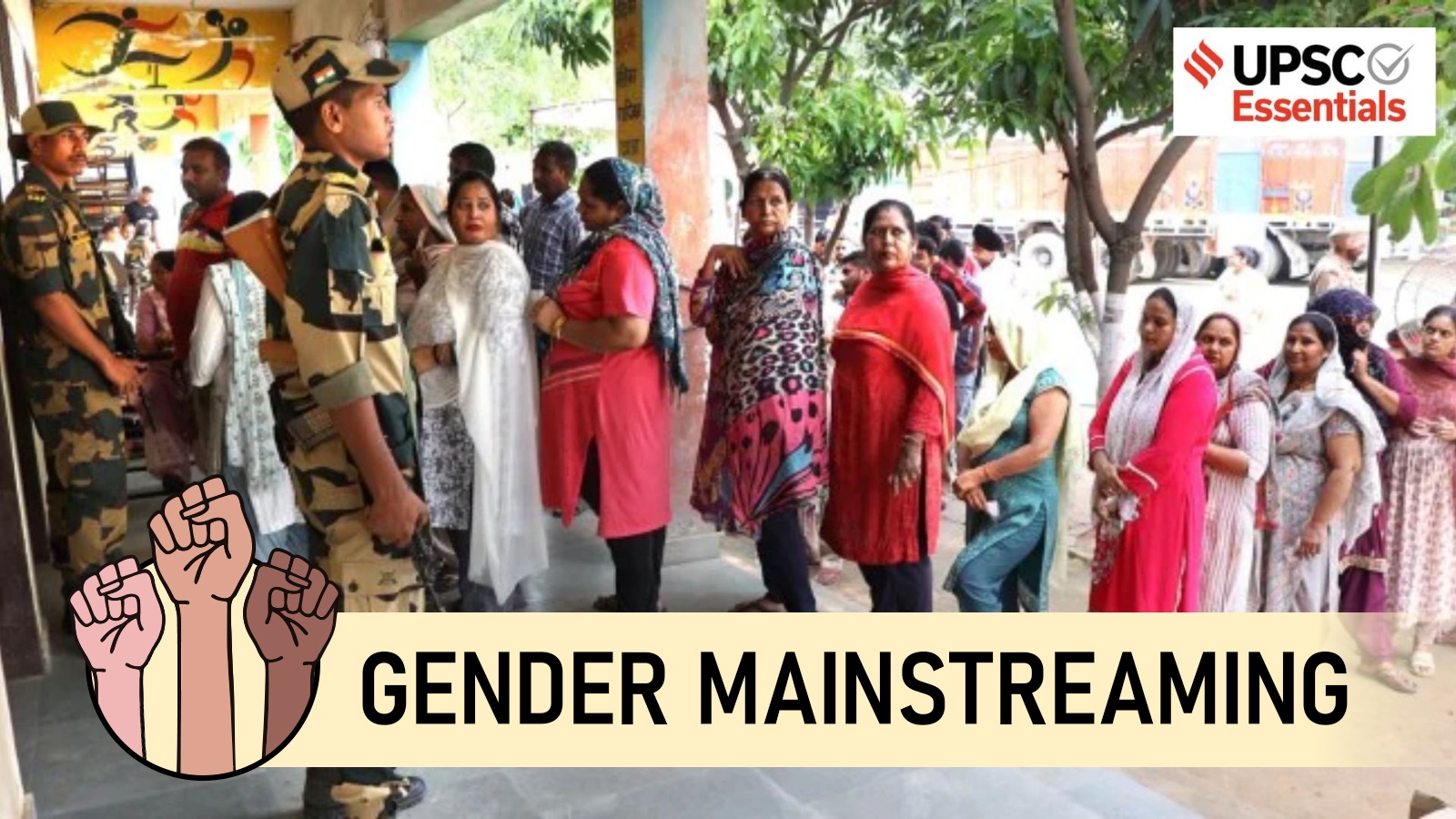


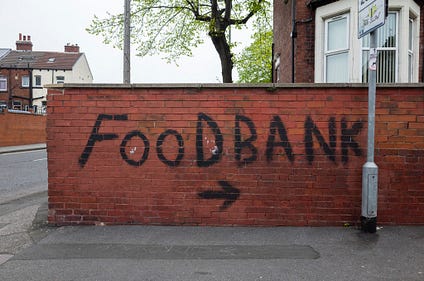













_1.png?#)

